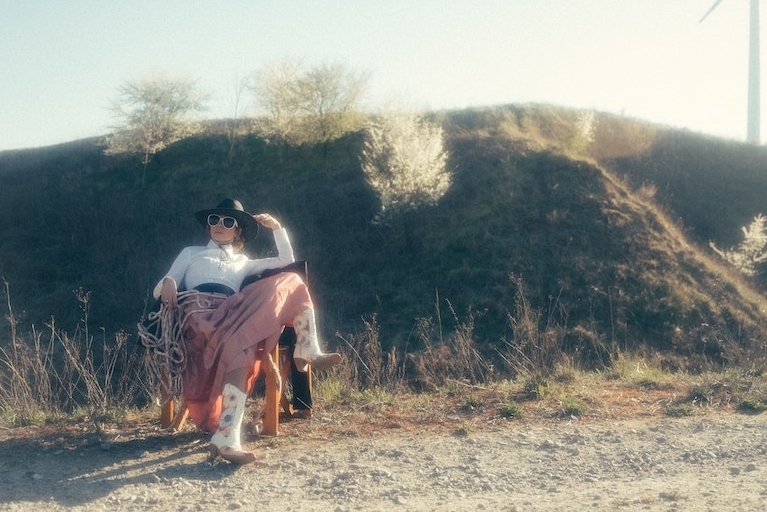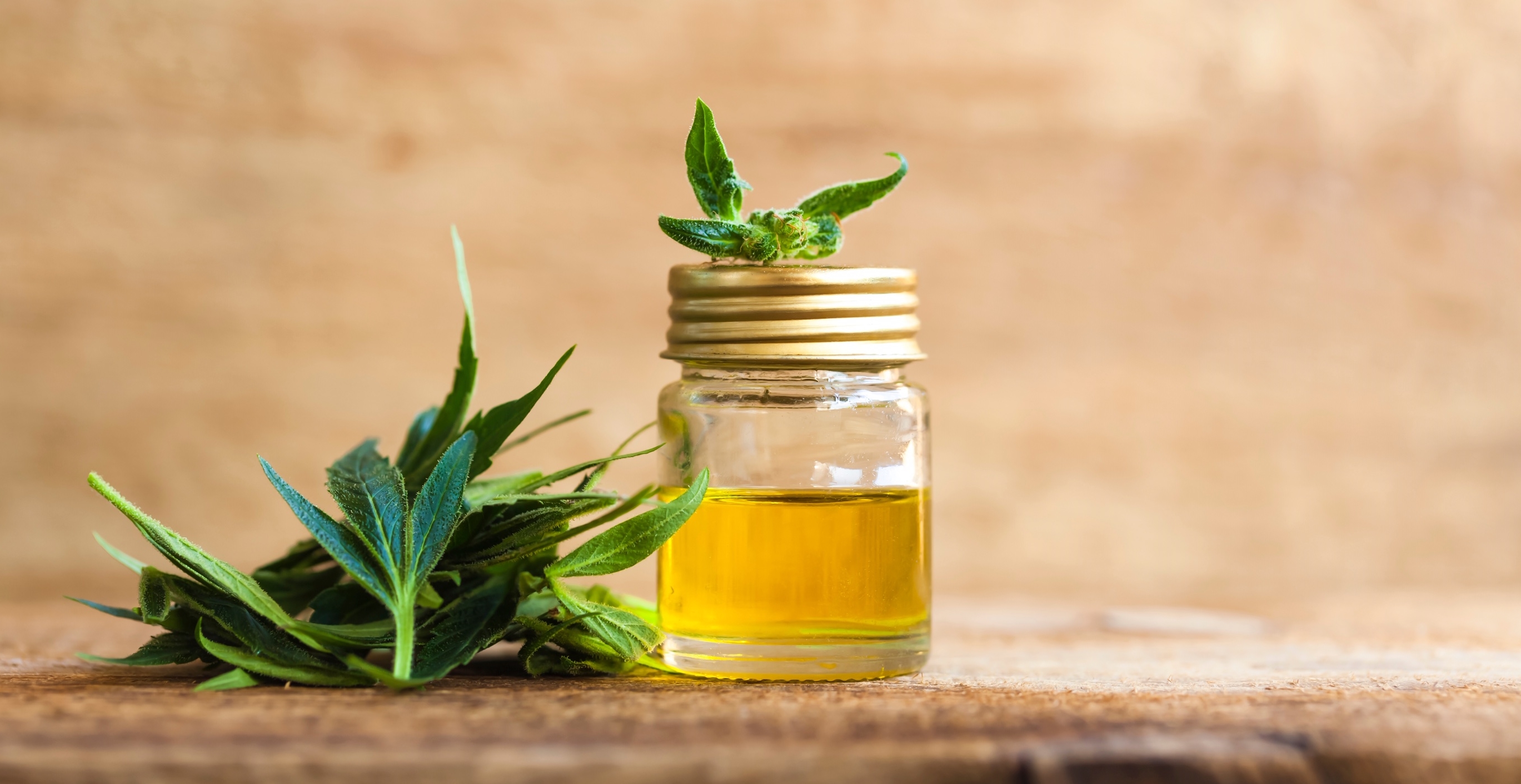“That’s the mistake women make – you shouldn’t see your makeup. We don’t want to look like we’ve made an effort.” – Lauren Hutton
An inspiration for timeless beauty at any age, Lauren Hutton embodies an ethos with which we wholeheartedly agree. There are many women who turn to makeup to hide the signs of aging, but on the opposite side of the coin lies the typical equestrian, who simply doesn’t have the time to fuss in front of a mirror (especially for an audience of hay burners that don’t care). Regardless, skin can often act as a window into one’s life story (for riders, lots of sun on horseback, often year round), and we’d prefer ours to tell our story gracefully—without the requirement of an overflowing cosmetics bag or a cabinet-full of creams, gels, masques, and serums.

With that in mind, we approached OR favorite and Board Certified specialist in cosmetic and medical dermatology, Manhattan-based Dr. Hilary Reich. A fan of the so-called “nekkid” face, Dr. Reich recommends three in-office medical treatments that are especially beneficial to equestrians due to the inherent outdoor lifestyle that contributes to signs of sun damage: uneven pigmentation, dryness, and loss of elasticity (a.k.a. wrinkles!). The idea: rather than spending time and money on products, consider investing in professional treatments to help repair skin from the inside out.
Below are Dr. Reich’s top in-office treatment picks, as well as a handful of essential ingredients that can be found as easily in the drugstore as they can in the med-spa.
Chemical Peel
Treatment:
This is not nearly as scary as it sounds, and Dr. Reich suggests regular chemical peels—up to once a month at the dermatologist, and as often as daily with an at-home peel that has low concentrations of alpha and beta hydroxy acids. Chemical peels cause dead skin cells to shed more rapidly, stimulating new, healthy cells and improving skin hydration.
Procedure:
Saturated pads containing gentle concentrations of alpha hydroxy acids are gently swiped around the face creating a strong tingling sensation. Unlike Samantha Jones’ dramatic reaction in Sex and the City, the big plus here is there is no downtime after a chemical peel, so you can go straight to your jumper clinic without embarrassment.
Cost:
The best bang for your buck, $200 to $250 at the dermatologist’s office.
Intense Pulsed Light
Treatment:
IPL is great for anyone who has had a lot of sun exposure in general. This laser treatment helps even out brown pigmentation (freckles, brown spots, melasma) and also tones down red pigments in the skin and eliminates broken blood vessels. IPL also tightens skin, and patients feel the benefits as early as after one treatment. Depending on the degree of sun damage, Dr. Reich recommends two or three visits to start, then two treatments a year.
Procedure:
One of several in-office light treatments that requires wearing eye protection, a tiny wand is placed over small sections of the face to deliver a burst of broad-band light, which feels a bit like a snapped rubberband.
Cost:
$500 to $600 a treatment.
Botox
Treatment:
A taboo topic as recent as ten years ago, Botox was considered an extreme measure and frequently conjured images of women with frozen expressions. Now, with many decades of experience, doctors use Botox regularly and in varying degrees according to patient preference. Since the injections temporarily paralyze the small muscles of the face, the primary role of Botox is wrinkle prevention (not to be confused with fillers!). Therefore, Dr. Reich has seen better results in the skin of patients who started Botox in their 20s, because it is much harder to correct lines once they have set in. Again, for skin that has been subject to considerable time in the sun, Botox will help smooth fine lines and improve texture. It has also shown signs of temporarily reducing pore size, and can be used as an aid in the treatment of acne. Dr. Reich recommends Botox three to four times a year, and as little as twice a year for younger patients.
Procedure:
Botox is usually applied to the forehead, in the furrow of the brows, and around the eyes, using a tiny, nearly painless syringe. However, a numbing cream is effective for patients with an aversion to needles.
Cost:
Depending on the severity of wrinkles and the surface area being treated, $500 to $1200 a visit.
In addition to the aforementioned in-office procedures (and music to our ears), Dr. Reich suggests incorporating an at-home skin care regimen of a drug store-bought cleanser and moisturizer (we love Cetaphil and CeraVe). Additionally, she notes that there are three essential ingredients that will reinforce the benefits of these treatments, all of which can be found inexpensively on the Walgreens shelf:
Zinc Oxide
There are two types of sunscreen agents: chemical sunscreens and physical sunscreens. According to Dr. Reich, chemical sunscreens usually contain a cocktail of several chemicals, each with properties that allow it to absorb UV rays that would otherwise be absorbed by the skin. Alternatively, physical sunscreens provide a barrier that deflects the rays. This is also known as mineral sunblock, and the main ingredient is zinc oxide. For a long time, zinc oxide was a very opaque white with an unattractive pastiness when applied to the skin. Advances in technology have made zinc particles smaller so that products appear far more sheer when applied. Hallelujah! Many sunscreen products now include formulations of zinc oxide with a foundation-like tint to match your skin tone, making them more cosmetically appealing.
Alpha Hydroxy Acid
Incorporating alpha hydroxy acid into your daily skincare regimen will help slough dead skin cells, remove sun damaged cells, stimulate growth of new healthy cells, and even out pigmentation. AHA can be found in many creams, peels, serums, and lotions.
Antioxidants
Antioxidants fight free radicals that generate when skin is exposed to UV rays. Free radicals are damaging to the skin, but antioxidants bind to these free radicals, thus preventing wrinkles, uneven pigmentation, and more. Key antioxidants include Vitamins C and E, Green Tea, Ferulic Acid, and CoQ 10.
BONUS!!
Book a Botox or IPL treatment with Dr. Reich in the month of January, mention Outside Rein, and she will include a free chemical peel. For those braving New York’s arctic blast, now is a good time to relieve your skin of the harsh elements.
Dr. Hilary Reich, Dennis Gross Dermatology, 900 Fifth Avenue, New York, 212-725-4555








